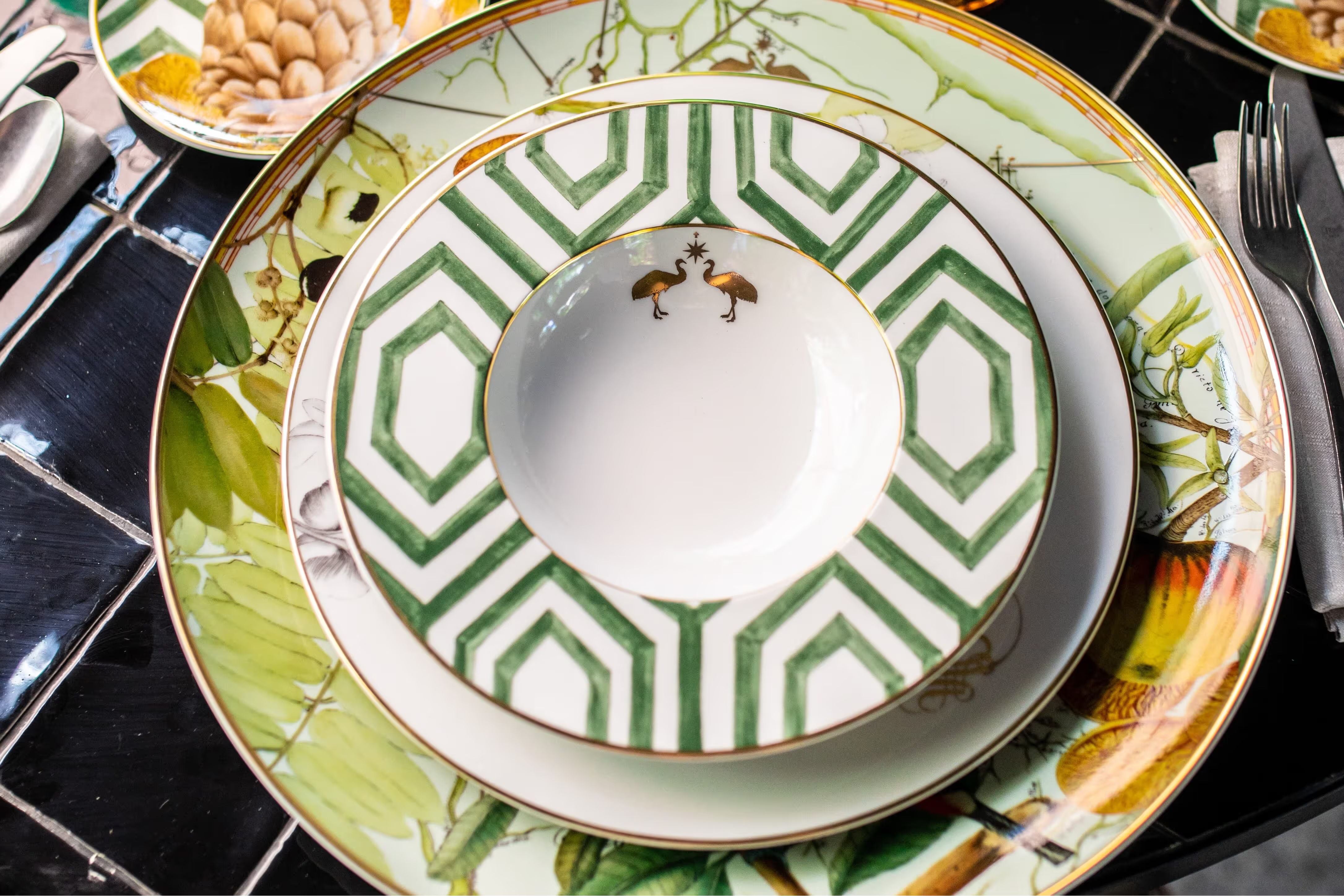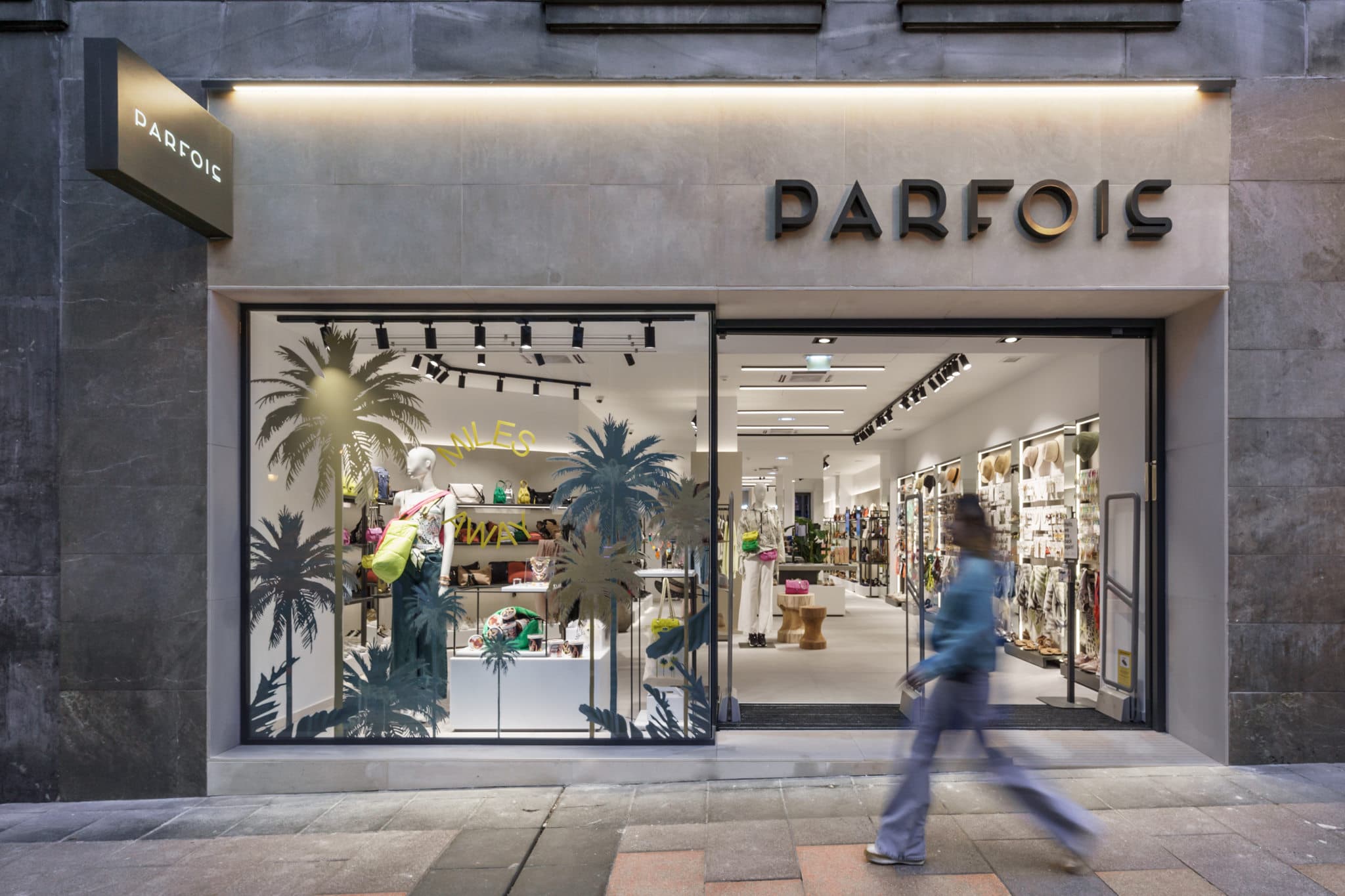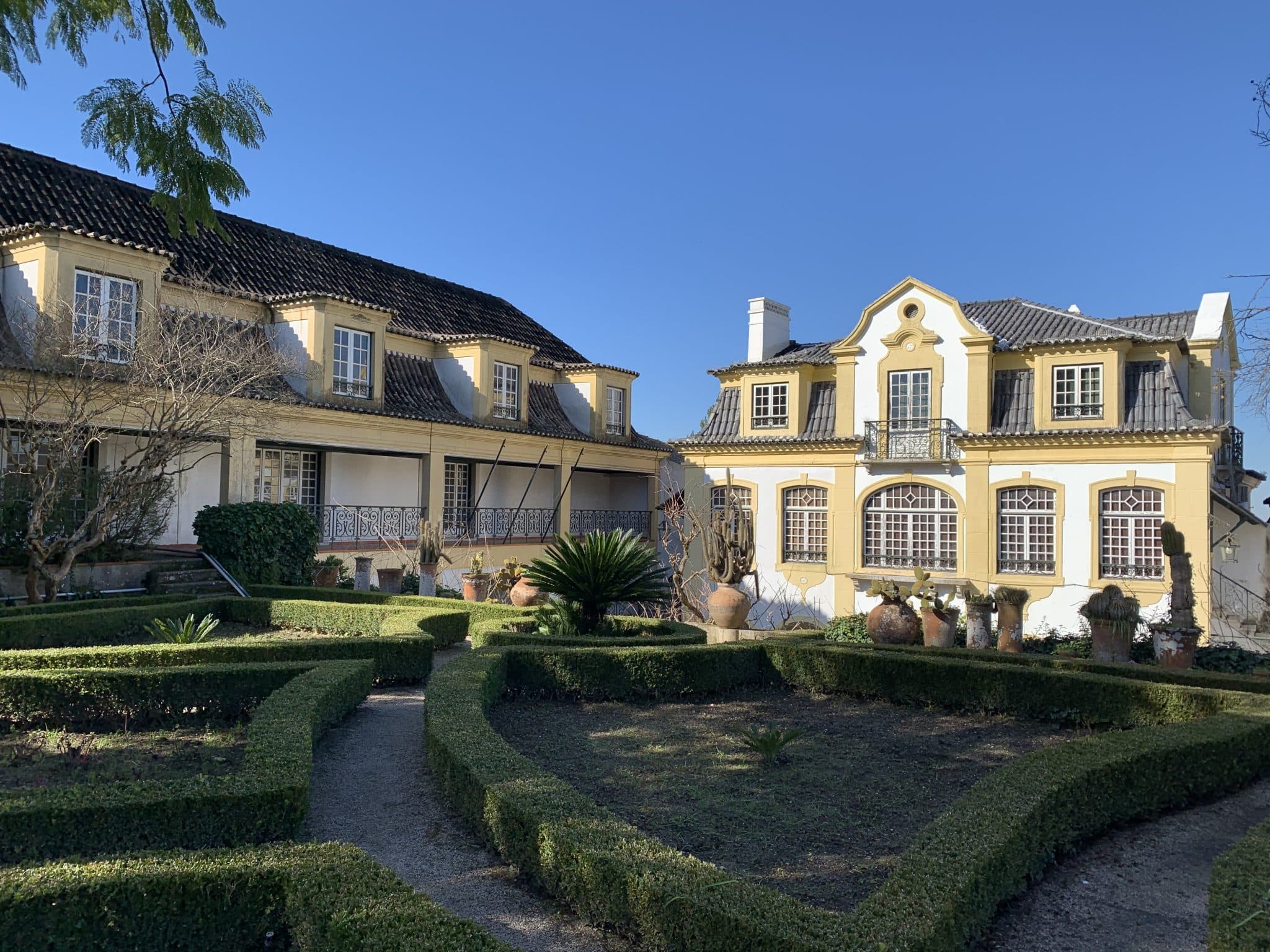
Vista Alegre… The name might sound like that of a fancy dinner set sitting proudly in a high-end sideboard, but behind those elegant plates lies a true Portuguese saga ! A story made of clay, industrial genius, espresso coffee and let’s be honest, a little bit of national pride (yes, I see you, tableware lovers).
A bold beginning
It all began in 1824, in Ílhavo (in the Aveiro region), when José Ferreira Pinto Basto, a visionary entrepreneur, received a royal charter from King João VI to found the “Fábrica de Porcelana da Vista Alegre” (yes, that’s quite the name !). At the time, Portugal didn’t yet produce fine porcelain, everything came from China or elsewhere, but Vista Alegre dared to try : clay, kaolin, craftsmanship, and a small corner of the lagoon to set up shop (because honestly, it’s a lovely area, let’s admit it).
Picture it : a warehouse, workers, white clay dust floating in the air, and the ambition to make “a table service worthy of kings.” Far from fast food, but with the same spirit, wanting to create something that leaves a mark (and that lasts !).
From lagoon green to porcelain white
At first, Vista Alegre produced glass and earthenware. Then, little by little, after the discovery of kaolin deposits in 1832 and a visit from the founder’s son to the Sèvres porcelain factory in France, production of fine porcelain began… And just like that : golden details, delicate flowers, and intricate patterns appeared on the plates, the kind that made guests say, “Yes, I know this set was expensive, but it’s worth every cent.”
Vista Alegre managed to combine artisanal tradition with industrial precision : a rare and beautiful balance.
From tableware to pure art
What’s great about Vista Alegre is that it’s not just about “printing a logo and selling dishes.” No, they collaborate with contemporary designers, launch limited editions, and put creativity at the heart of everything. And if I told you your Vista Alegre cutlery might have made its way to an embassy, or even the White House ? Well, yes : the brand is present in over 60 countries and supplies royal tables, luxury hotels, and prestigious venues (pure class, right ?).
In short : you’re not just holding a plate, you’re holding a piece of history… or at least a touch of domestic prestige.

A social vision… and almost utopian
What touches me most is this “we want to do good for everyone” spirit. The founder built an entire social community around the factory : housing, a school, a theater, an agricultural cooperative… Yes, I promise, it wasn’t just a porcelain workshop, it almost sounds like Disneyland, doesn’t it ? The brand has always valued its workers (and their well-being), believing that to make good products, the people who make them have to want to get up in the morning ! In other words : no soulless factory line “mass-producing plates,” but rather a touch of heart in every glaze and brushstroke.
Why we love this brand so much today
Because you want something that stands the test of time. A Vista Alegre plate isn’t “use it and toss it when it scratches,” it’s “keep it, pass it down.” You love the idea that behind an ordinary object (yes, a plate might sound ordinary) there’s a story, a passion, a “19th-century craftsman” meets “21st-century designer.” And, let’s be honest : it also helps you impress your dinner guests. “Yes, these glasses ? Vista Alegre. Thanks.”
A few fun facts for the road
Vista Alegre celebrated its 200th anniversary in 2024 : yes, 200 years of porcelain !
The name “Vista Alegre” literally means “happy view” imagine a luxurious breakfast : coffee, a lagoon view, and a shining plate…
If you ever pass through Ílhavo and you’re the curious type : the Vista Alegre Museum is well worth a visit. You can see old machines, historical pieces, and feel, let’s be honest, a little starstruck ! And there’s even a hotel I personally recommend, the Montebello Vista Alegre Ílhavo Hotel ! (If you go, you’ll have to tell me all about it !)
Next time you set a Vista Alegre plate on the table, pause for a moment. Think of that factory-town, of the clay gathered by hand, of the painters who designed the patterns, of the will to make something “built to last.” And smile : on your plate lies a bit of “Portugal that dares,” a blend of “tradition + design,” and perhaps a coffee already waiting to be poured. Cheers, and bom apetite !
Share this article
Suggested articles

Parfois: the accessories brand winning over all of Europe
Few Portuguese brands have achieved such widespread success. Founded in 1994 in Porto by Manuela Medeiros, Parfois began with a simple yet powerful idea: to offer stylish, trendy and affordable fashion accessories for women. Today, the brand operates in over 70 countries, with hundreds of stores across Europe, Africa and the Middle East.

Ecolã, Portugal’s Oldest Wool Blanket Factory
Tucked away in the heart of the Serra da Estrela (more precisely, in Manteigas) Ecolã stands as a living symbol of Portugal’s rich textile heritage. Since its founding in 1925, this family-run company has beautifully combined tradition, ancestral craftsmanship and innovation, becoming the undisputed reference in burel production in Portugal.

Lanidor, An Iconic Brand in Women’s Fashion
In the landscape of Portuguese fashion, few names are as familiar as Lanidor. Born in the 1960s, the brand has become a true reference in women’s ready-to-wear: a clever blend of national craftsmanship, commercial flair, and international ambition. Here, it’s not just about selling clothes, it’s about telling a story ! A story of family, local production, retail innovation… and a certain idea of Portuguese chic. Let’s take you behind the scenes of a brand that has been dressing women for over half a century, with style, consistency, and a touch of saudade.

Amorim, Global Leader in Cork, From Wine Stoppers to Design
In the world of sustainable luxury, few brands manage to combine tradition, innovation, and environmental respect as elegantly as Corticeira Amorim! Founded in 1870 in Vila Nova de Gaia (just a few kilometers from Porto), this Portuguese family business is now the global leader in cork processing ; a noble, natural, and 100% recyclable material.

José Maria da Fonseca, 200 Years of Winemaking History
This morning, I opened a bottle… (don’t worry, it wasn’t my first instinct of the day) and no, it wasn’t a rosé for a night out with friends, but a wine carrying a whole legacy, one I was taking to my parents’ for lunch. Here’s the story of a winery celebrating two hundred years without losing a single drop of genius… and with a good dose of joy in the glass!

Delta Cafés, the success story of a small family business
When you pour your morning coffee, remember that behind every cup, there’s often a story. And the one I’m going to tell you today is none other than that of Delta Cafés and trust me, it’s a particularly delicious one ! With an urban tone, a friendly touch, and a hint of humor (because yes, even coffee can have swag), we’re heading on a journey from Campo Maior (in the Alentejo) to coffee shops all around the world.


